‘Putting things right, that once went wrong and hoping each time that his next leap will be the leap home.’ These words were part of the opening of the 90s classic Quantum Leap. The show followed the adventures of Dr. Sam Beckett as he traveled randomly through time trying to fix anomalies in the time stream. A new Quantum Leap series was announced which made me think about time travel anime. Specifically, shows that use the Quantum Leap style of time travel. That means no Ground Hog’s Day or Haruhi’s endless eight type time loops. Time is fluid, yet changes are permanent. The protagonist travels through time within their own timeline between the years of their birth and death. They also must prevent a tragedy or fix an anomaly. The five series I’ve picked embody this style with their own unique twists.
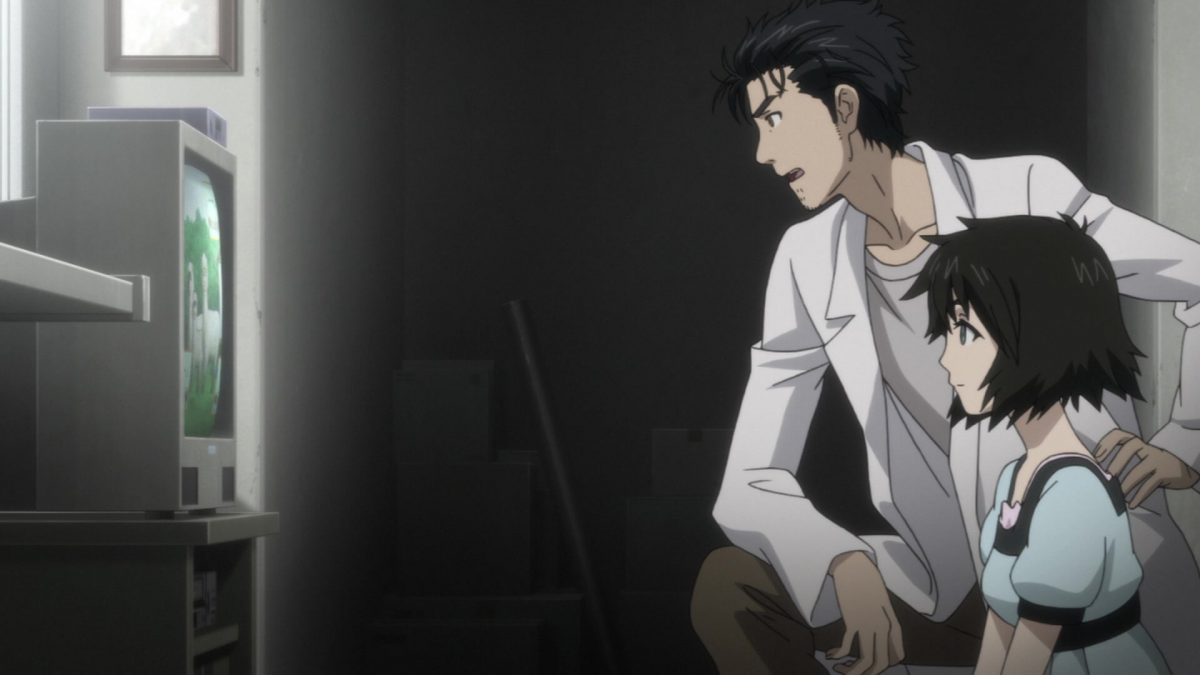 Steins;Gate and Steins;Gate: The Movie − Load Region of Déjà Vu
Steins;Gate and Steins;Gate: The Movie − Load Region of Déjà Vu
Steins;Gate started as a visual novel by 5pb. and Nitroplus on the Xbox 360 in 2009. The anime premiered in 2011 and Steins;Gate: The Movie − Load Region of Déjà Vu followed in 2013. A second series, Steins;Gate 0, aired in 2018. This series also landed on J-List’s Top 6 Favorite Time Travel Anime Best Picks! I’m going to focus on the movie and the first Steins;Gate series, but first, a summary. Spoilers ahead for anyone unacquainted with the Steins;Gate series.
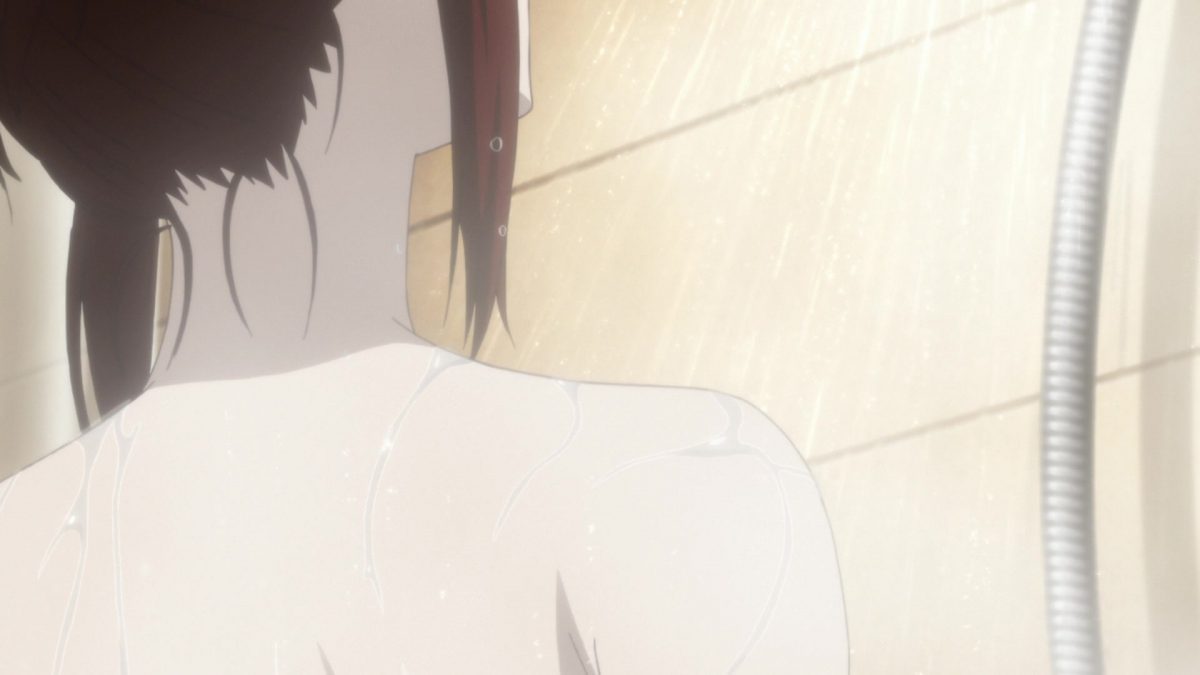
Steins;Gate follows the misadventures of the Future Gadget Laboratory members in Akihabara. Their charismatic leader, Rintaro Okabe, is the main protagonist for most of the series. He also serves as the idea man by utilizing his mad scientist persona, Hououin Kyouma, to come up with inventions and off-beat theories. The other key members of the lab include Itaru Hashida (Daru), computer specialist/engineer, and Mayuri Shiina.
The series begins with Okabe after attending a seminar on time travel, after seeing neuroscience researcher Makise Kurisu’s corpse. He sends a text to Daru about her death and discovers that she is still alive, but Daru received the text a week earlier. Okabe and friends, with the help of Makise Kurisu, develop the Phone-Microwave, a device capable of sending e-mails back in time. These time-traveling e-mails are called D-mail. After sending a few, Okabe realizes he keeps all memories from before the D-mails were sent. He theorizes that with every D-mail; he shifts to a parallel reality or worldline.
Later, Kurisu invents the Time-Leap machine, which sends a person’s memories back 48 hours in time. Following the death of Mayuri, Okabe time leaps multiple times to save her but fails each time until he enlists the help of his friends. In the end, Daru’s future daughter uses her time machine to help Okabe recreate Kurisu’s death, while keeping her alive, so they can have a ‘good ending’ worldline. The movie serves as a sequel and involves Kurisu trying to save Okabe from the side effects of too much time travel. She uses both her Time-Leap machine and her own future time machine to stabilize his existence.
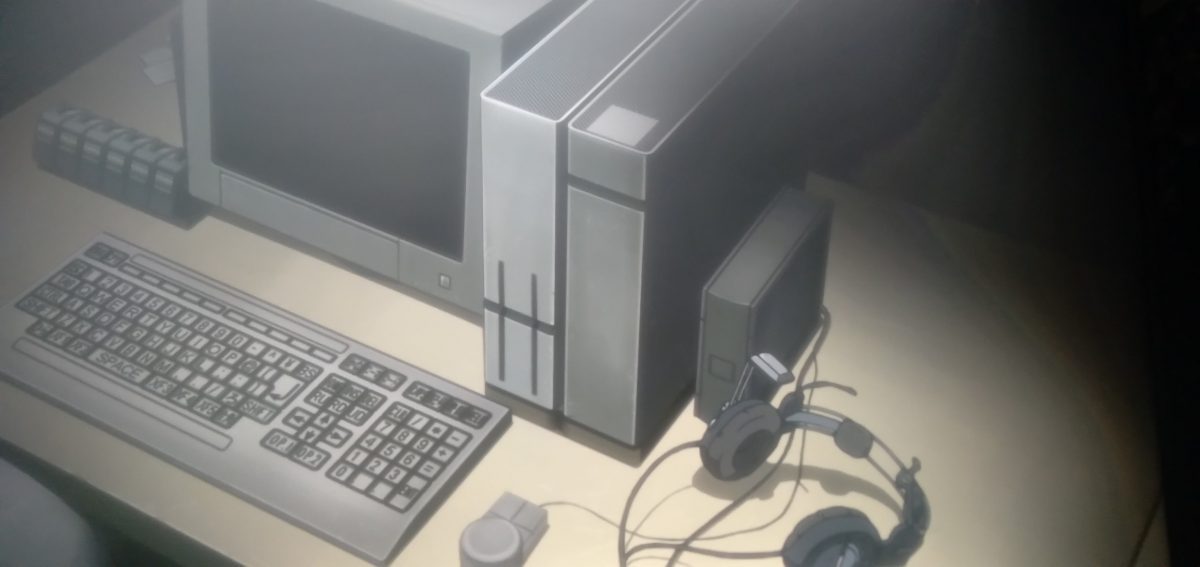
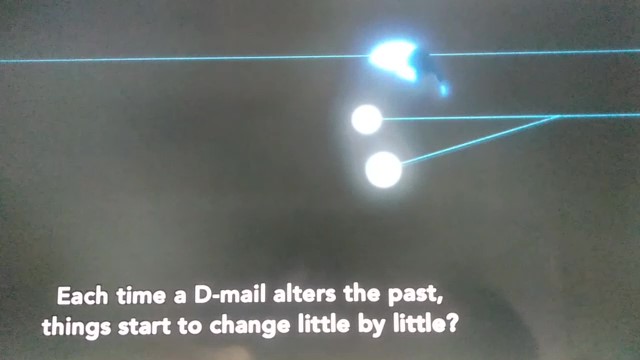
Steins;Gate is a science fiction series that uses a variety of time travel devices and theories on parallel realities in its story. The most prevalent is the butterfly effect. Okabe’s initial text about Kurisu’s death is the catalyst for World War Three. Also, any decisions that a person makes, think left or right turn, results in a new worldline or parallel reality. Steins;Gate categorizes its worldlines using a percentage system called the divergence meter. The higher the number, the worse the future becomes for the characters. The ‘happy ending’ worldline called Steins;Gate connects to another called R. Okabe slipping into R causes his disappearance in the movie. D-mails, Time-Leap, and time machines are the devices used throughout the series. D-mails enable one way communication with the past. The Time-Leap machine lets someone send their present memories to their past self within a 48-hour period. The time machines developed by Daru and Kurisu let at least two people travel forward or backward in time.
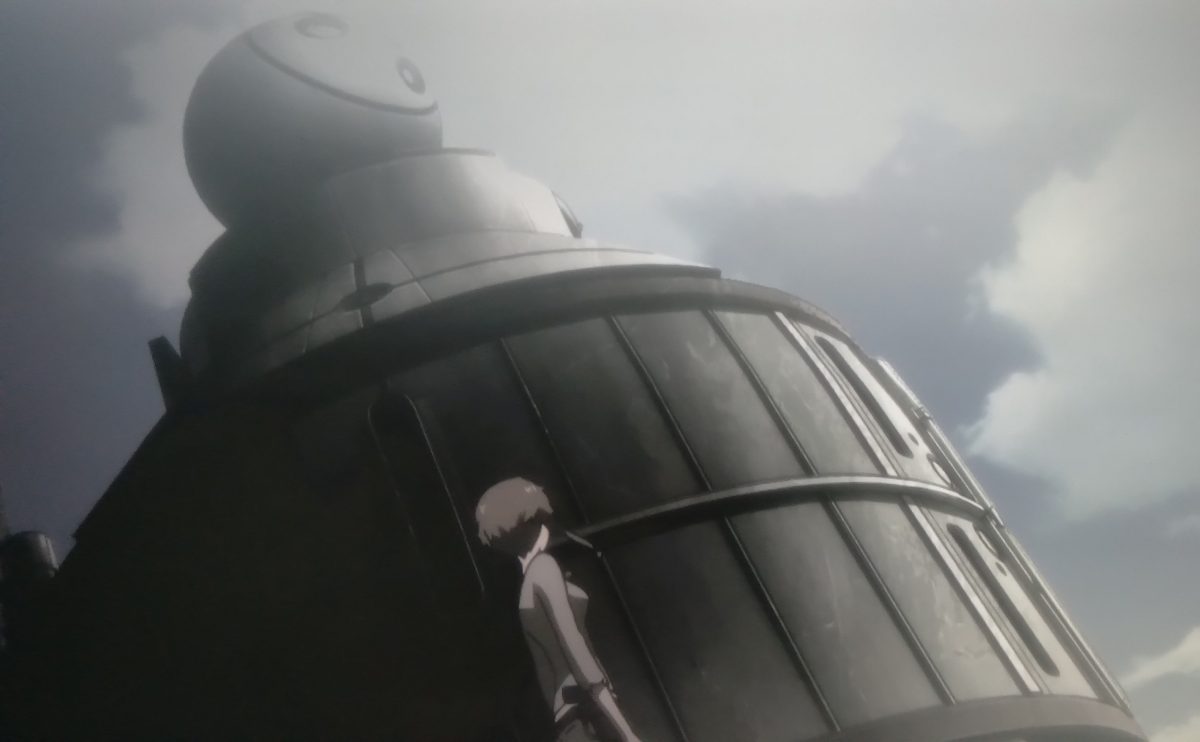
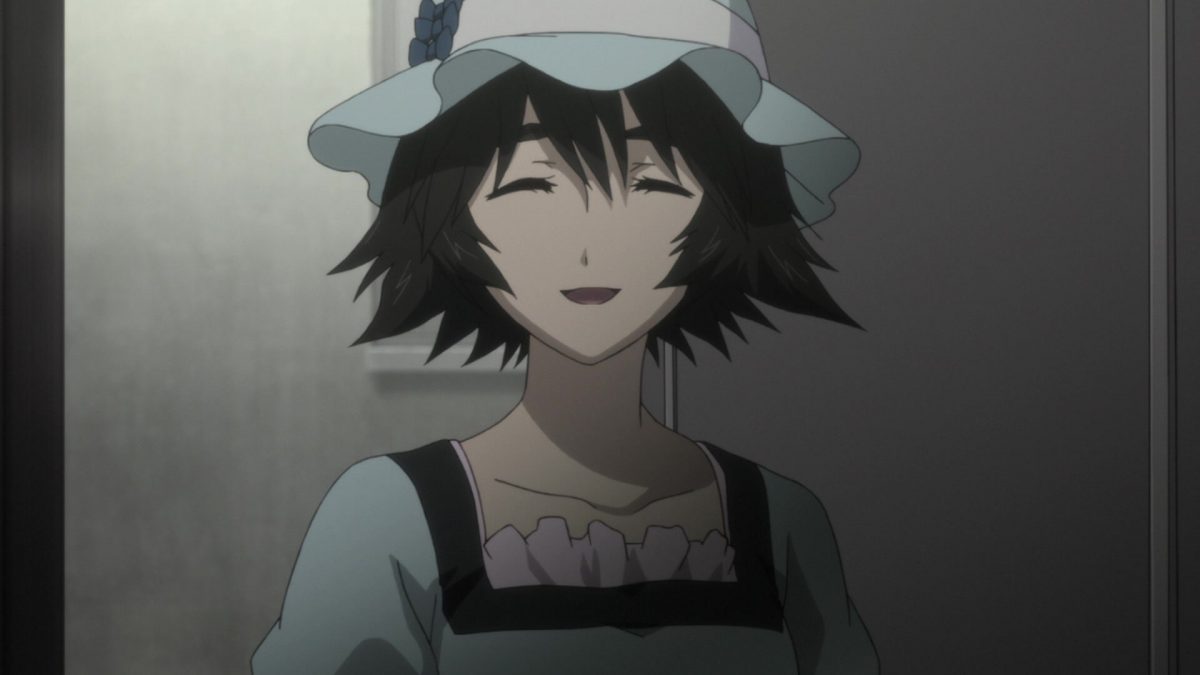
The Quantum Leap moments are when Okabe fights fate repeatedly to save Mayuri’s life at the risk of his own sanity. Kurisu’s comes in her attempts to save Okabe when he resigns himself to existing in an alternate timeline. In both instances, they start off using the Time-Leap and then the more traditional time machine to save their loved ones.
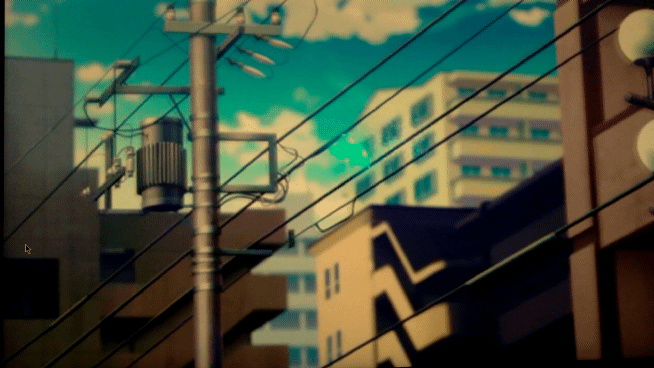
Erased
Erased or Boku Dake ga Inai Machi (The Town Where Only I am Missing) is a 2016 anime based on the 2012 manga of the same name. The story revolves around manga artist Satoru Fujinuma as he looks for his mother’s murderer, who he believes was also involved in a serial child murder case eighteen years prior. Mild spoilers ahead.
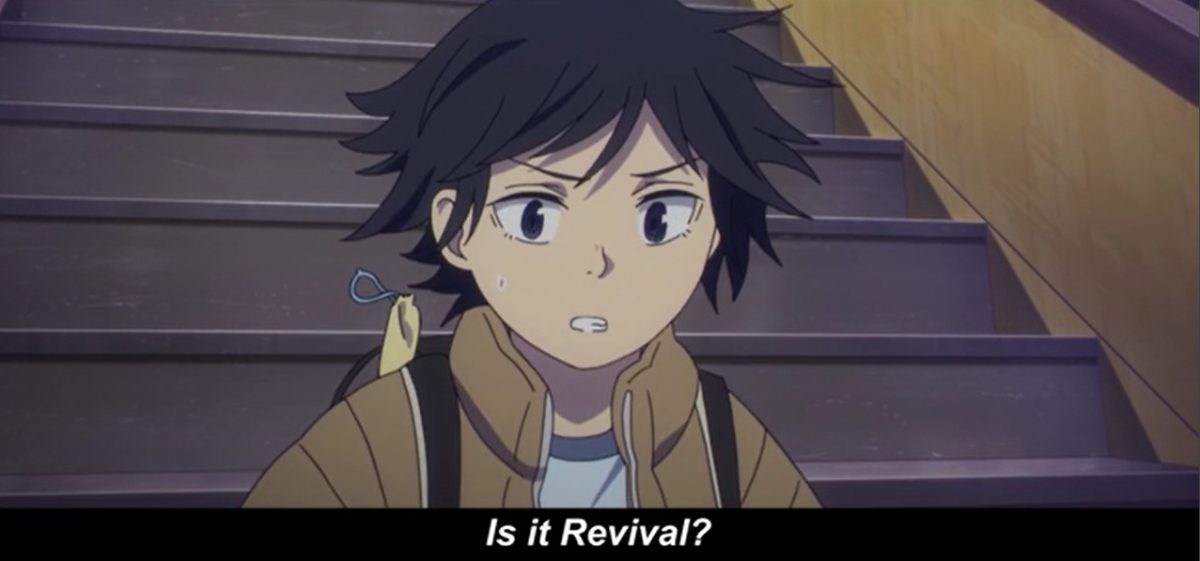
Satoru possesses an ability he calls ‘revival’. This allows him to go back for several minutes and fix an anomaly in his surroundings. An example is in the first episode when he passes a truck and his revival ability kicks in, giving him a few seconds to figure out that the driver of the truck is unconscious. After his mother’s murder, Satoru goes eighteen years into the past, into the body of his ten-year-old self. During this time, three latchkey children were abducted and murdered. At one point, he cannot save the first victim, but gets a second chance by going back to a fixed point before their death.
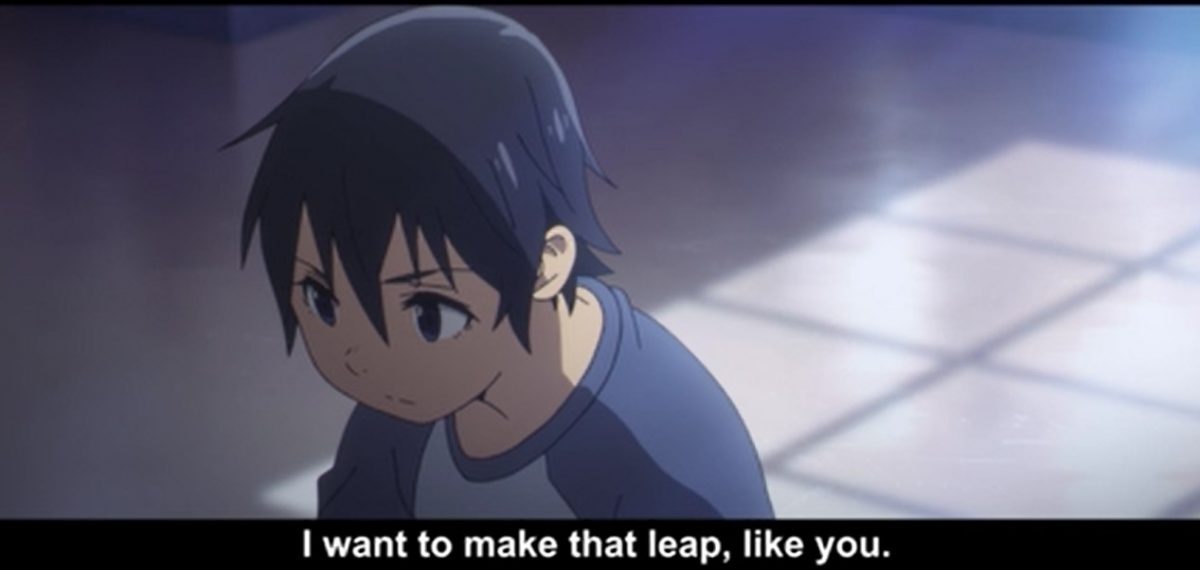
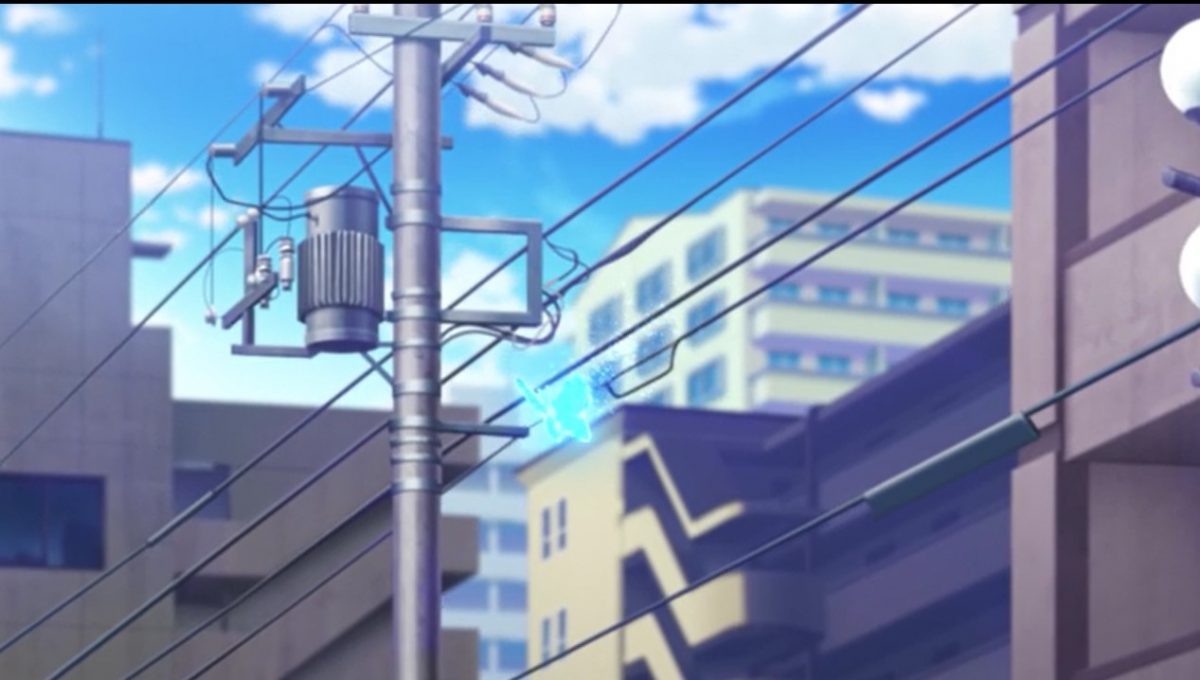
Erased is a psychological thriller with a slight supernatural bent. The revival ability receives minimal explanation but appears as a blue butterfly only Satoru can see. My theory is that the ability stems from Satoru’s guilt over not helping the two kids that he knew. The first victim haunts him the most because he saw her moments before her death and walked past her like he did every day. Since this is a psychological thriller, it makes sense that Satoru’s revival ability links to his guilt or regret about his perceived failure. The Quantum Leap moment occurs as Satoru saves the latchkey kids by bringing them into his circle of friends and making sure they are never alone or feel isolated. This keeps them safe from the killer and changes history. Much like Sam Beckett, Satoru doesn’t get to take the easy way home (back to his own time) despite all the good he accomplishes, but he finds that his sacrifice was worth it.
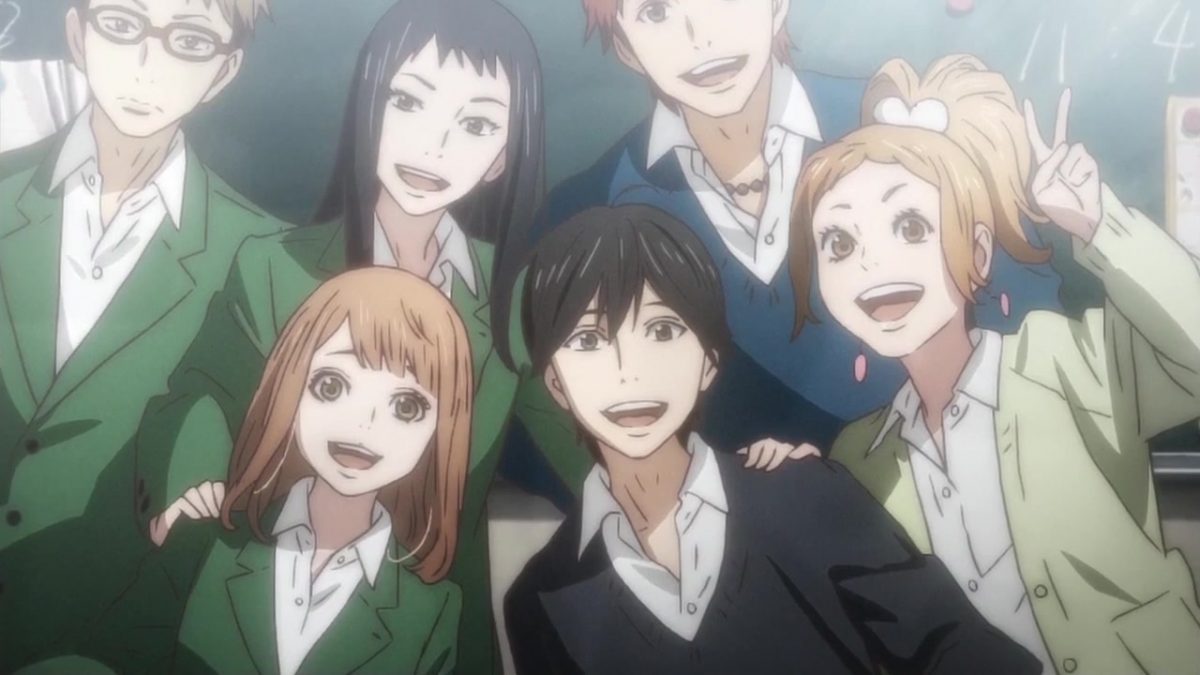 Orange
Orange
Orange is a 2016 anime based on the 2012 manga of the same name. The story revolves around high schooler Naho who receives letters from her future self. The letters warn her about events that will occur during the school year involving the new transfer student. You guessed, it, mild spoilers ahead.
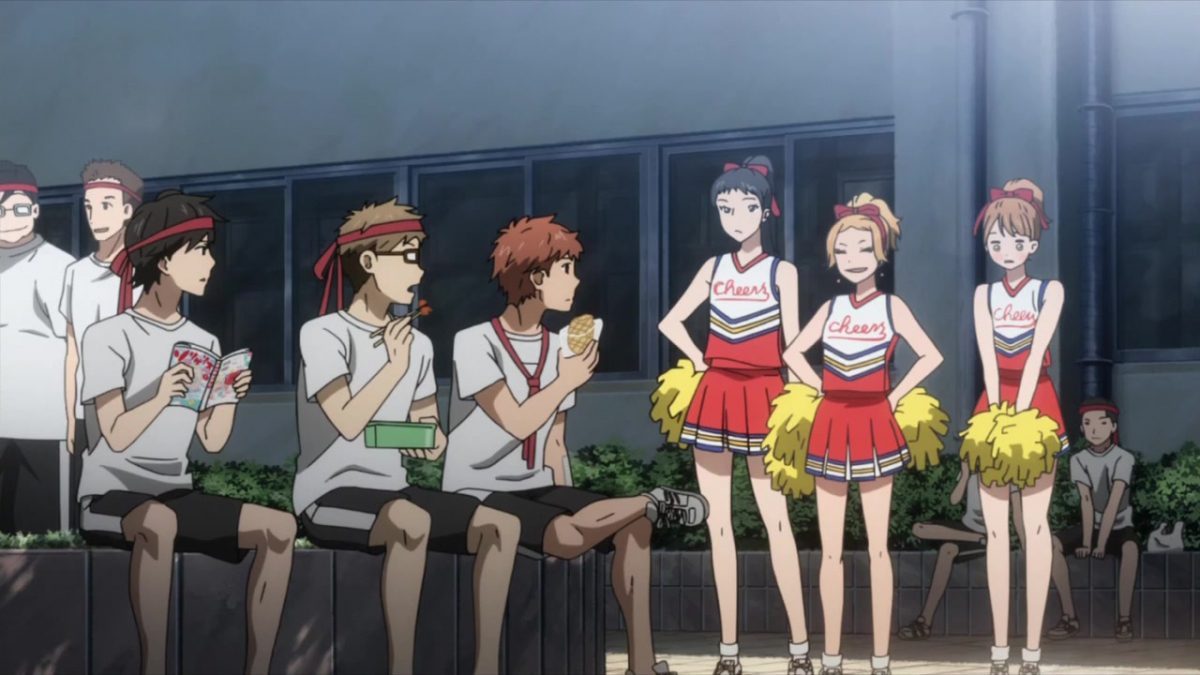
The letters Naho and, subsequently, her friends get are an attempt by their future selves to prevent the death of their new friend Kakeru. The purpose of the letters is to keep Kakeru’s depression from deepening by changing the outcomes of certain events. For example, Naho’s letter tells her about a fight caused by a misunderstanding between her and Kakeru. Kakeru wants to go home to be with his sick grandmother, but Naho knows she will be ok because her letters mention she is still alive in the future. She tells him not to worry, but to him her words seem hollow. In the end, the fight still occurrs despite Naho’s desire to change things.
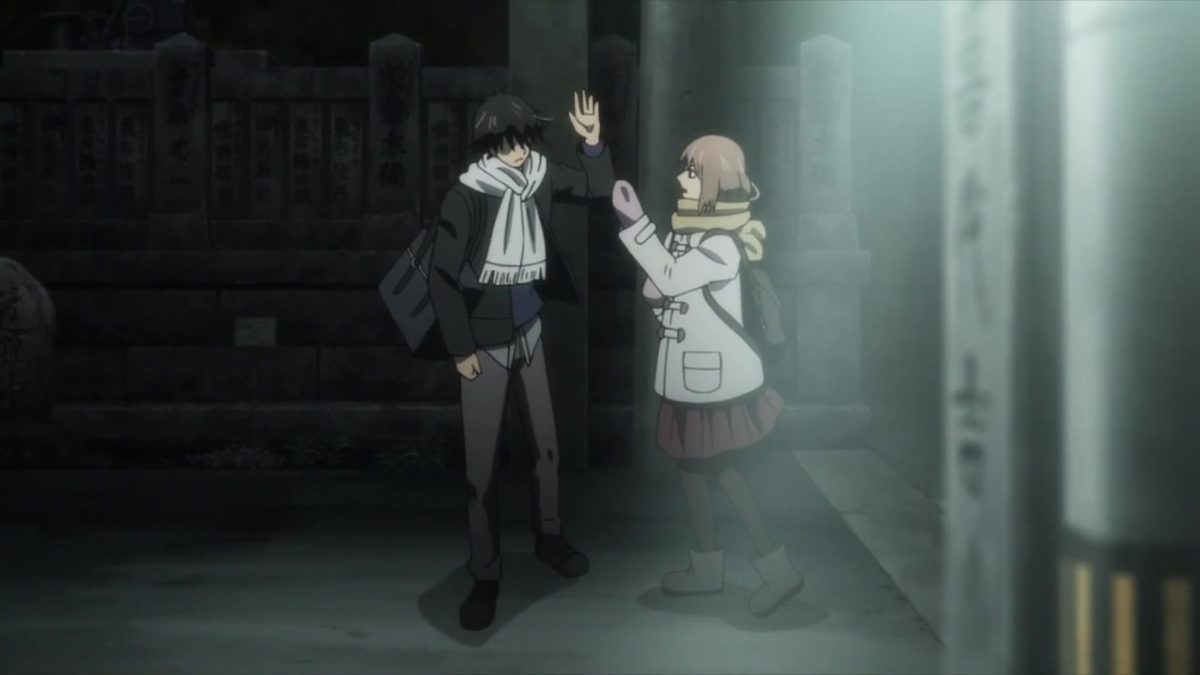
The Quantum Leap moments happen in almost every episode as Naho and her friends try to be sensitive and supportive of Kakeru. The changes made are small, yet significant. This makes them more meaningful to Kakeru and helps him to work through his depression.
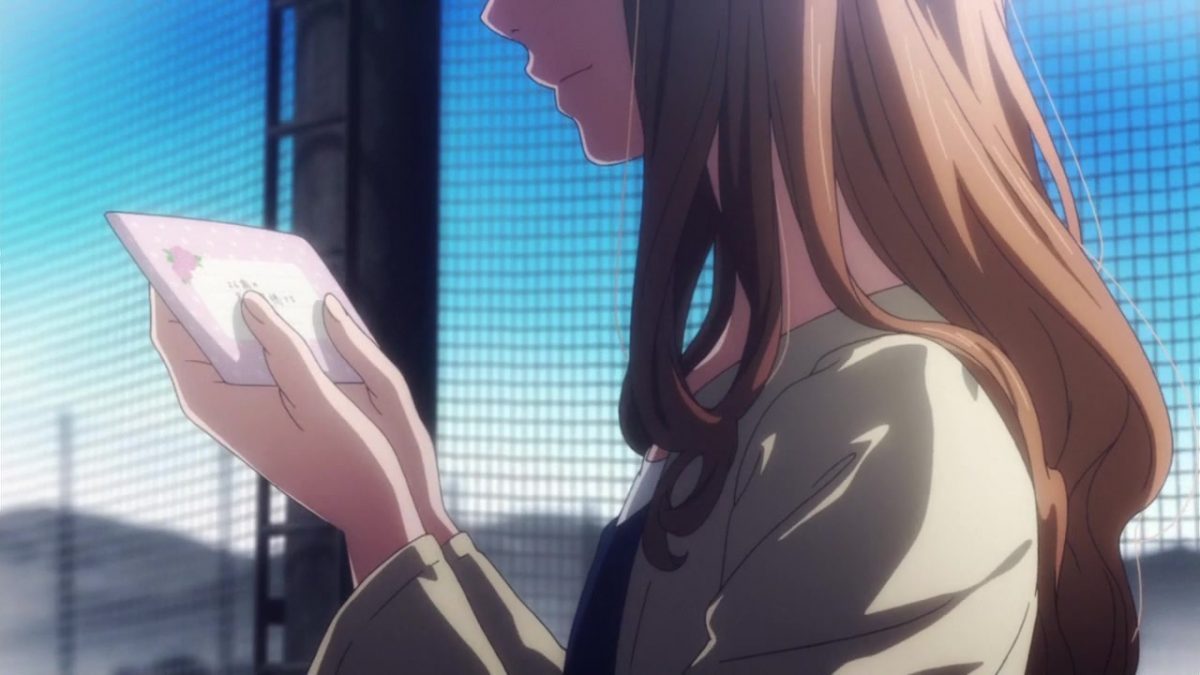
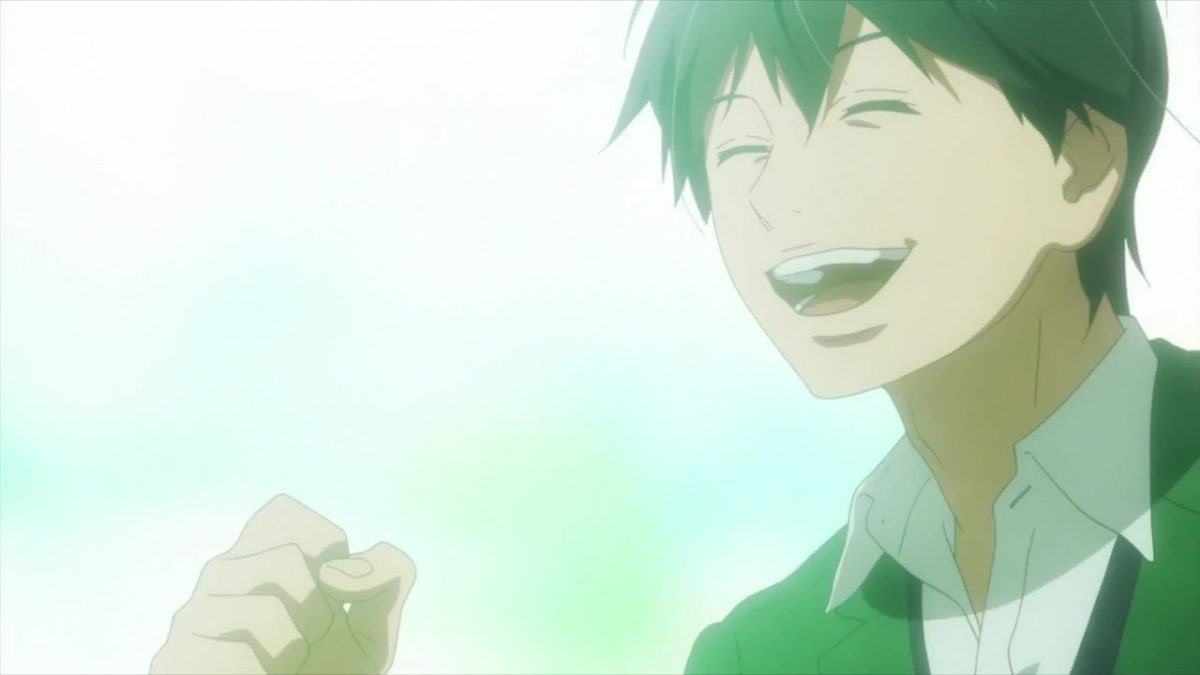
Orange’s time travel involves letters sent from ten years in the future. The show explains that black holes on Earth, such as the Bermuda Triangle, may facilitate time travel. Sending letters back through time is reminiscent of the 2006 movie The Lake House. This movie starred Sandra Bullock and Keanu Reeves as two residents of a lake house who lived two years apart and sent messages back and forth. Both Orange and The Lake House fall into the romance genre so the time travel element can be a bit more fantastical. In Orange’s case, the character’s regret, just like in Erased, may have guided the letters to their past selves.
The last two entries are in part two, out tomorrow. Thanks for reading.


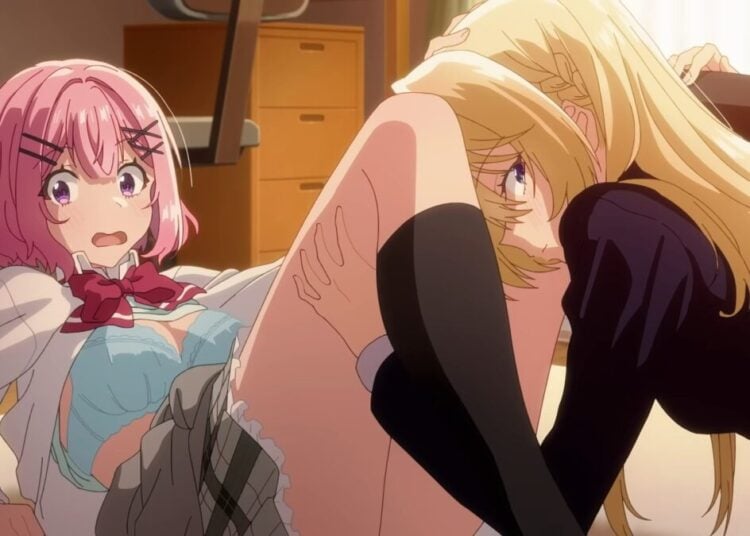
![Sawaranaide Kotesashi Kun Episode 12 [END] Featured Image](https://blog.jlist.com/wp-content/uploads/2025/12/Sawaranaide-Kotesashi-kun-Episode-12-END-Featured-Image-750x536.jpg)










